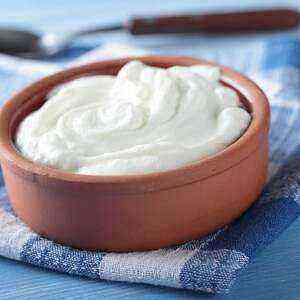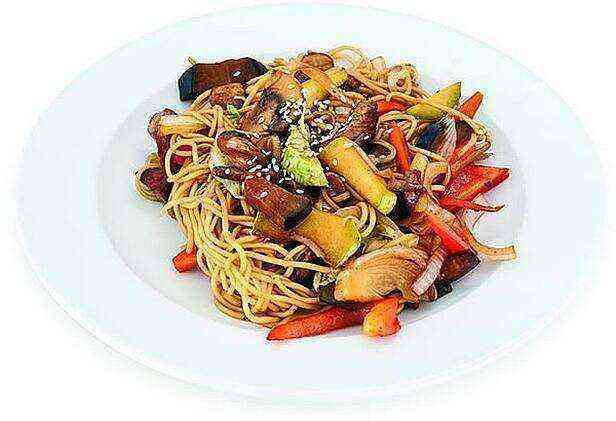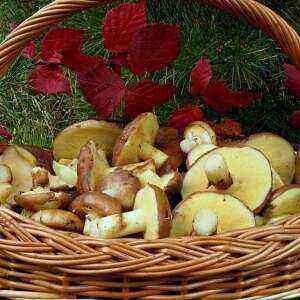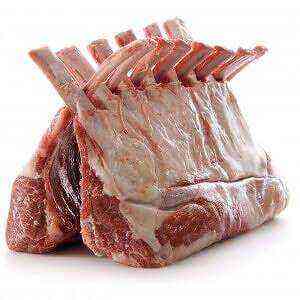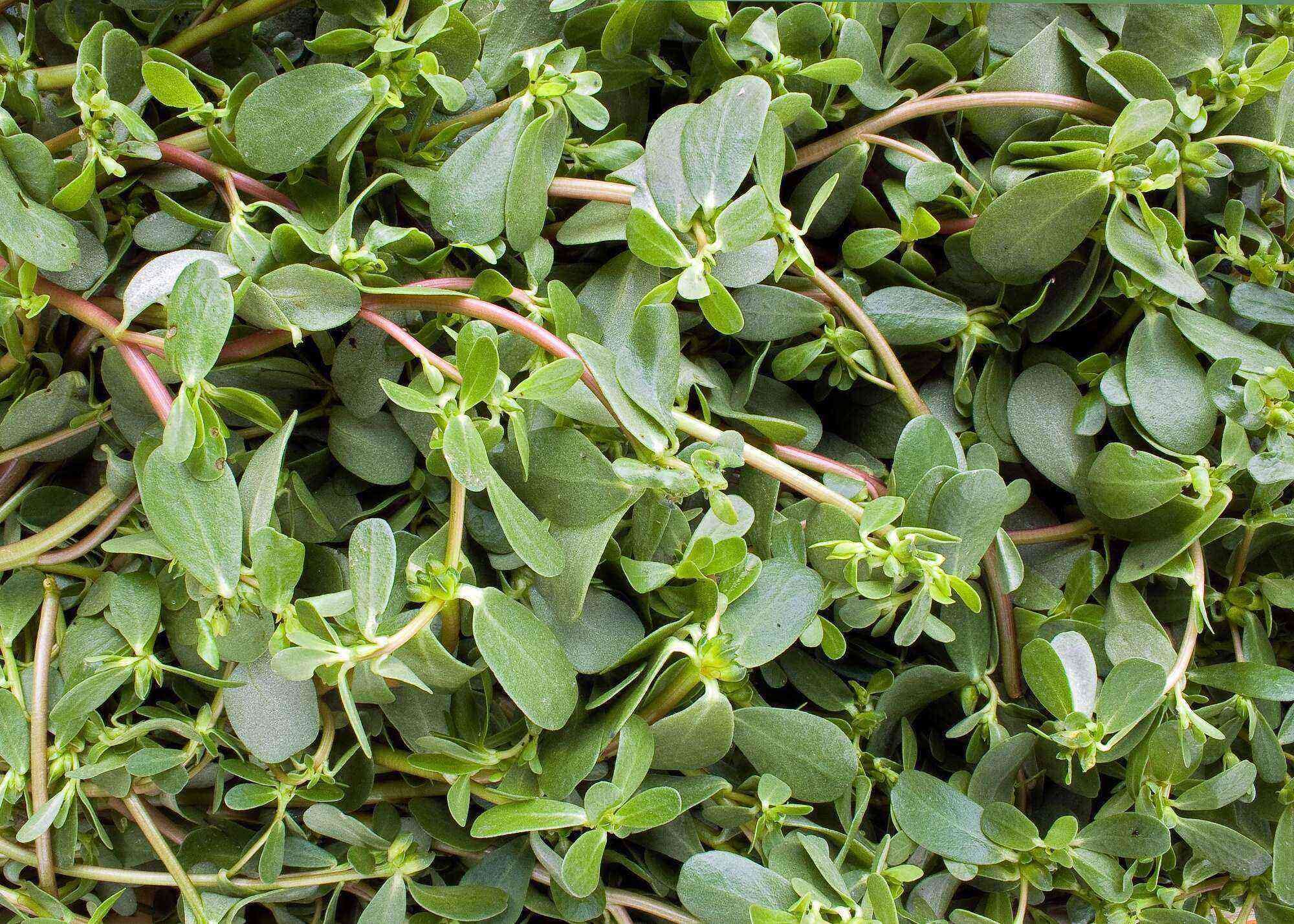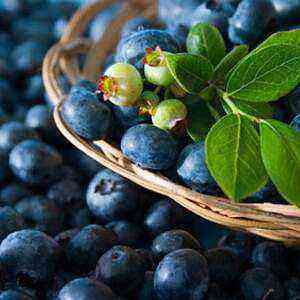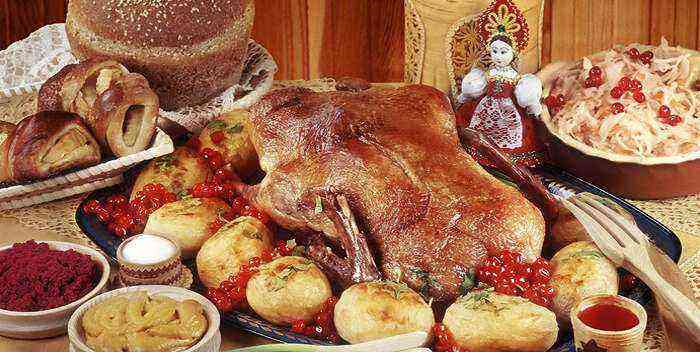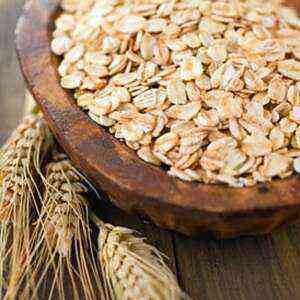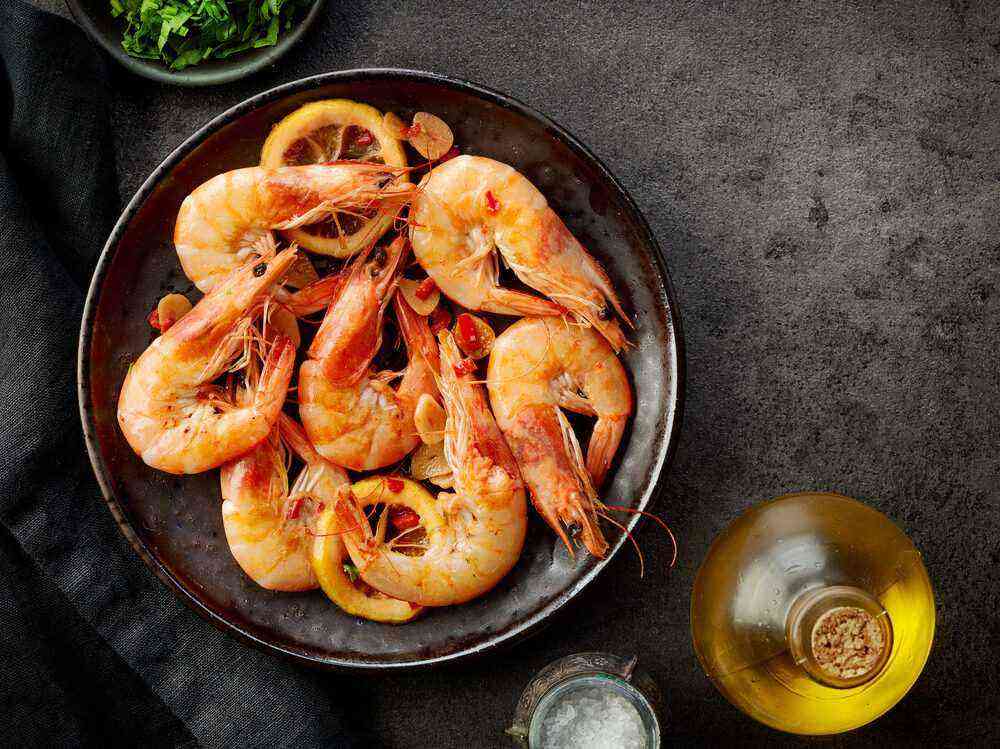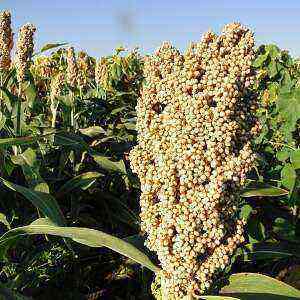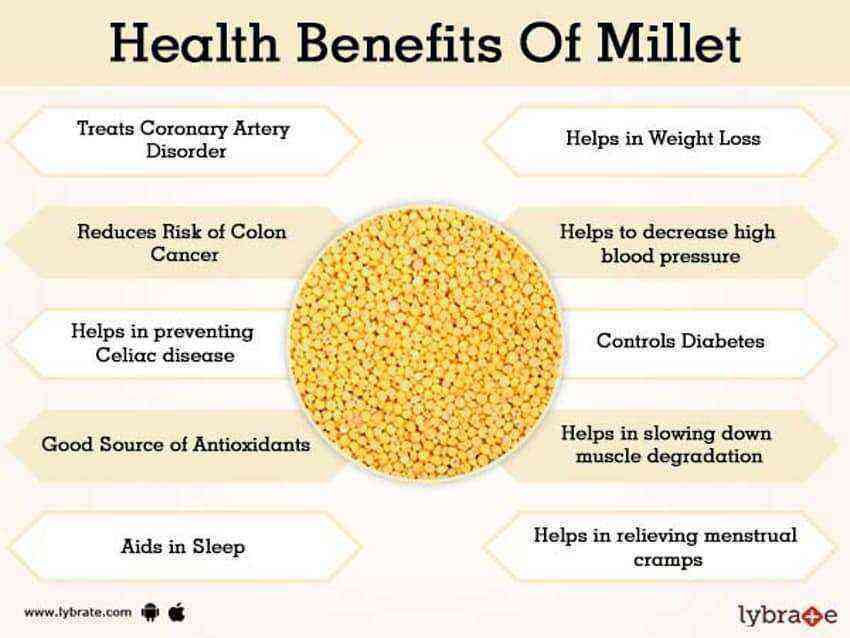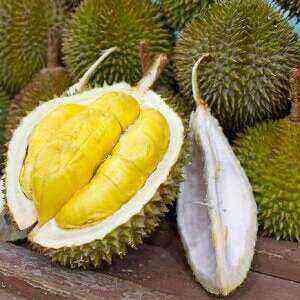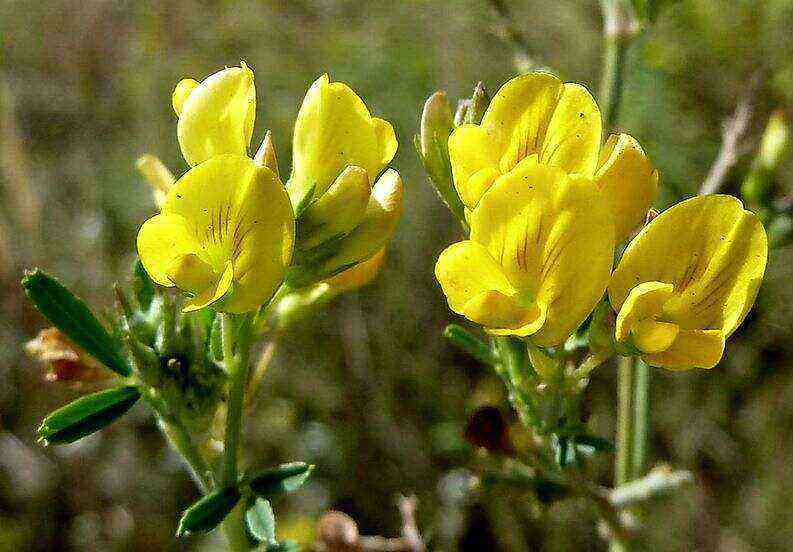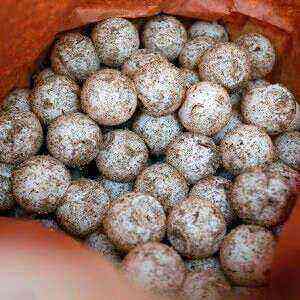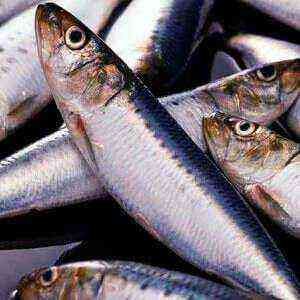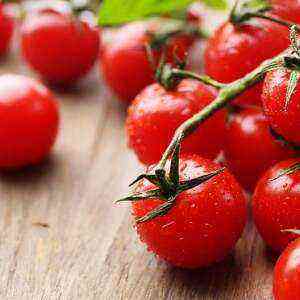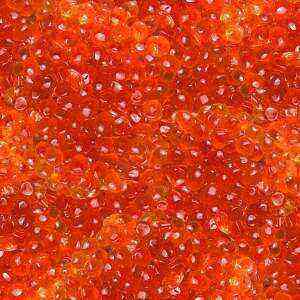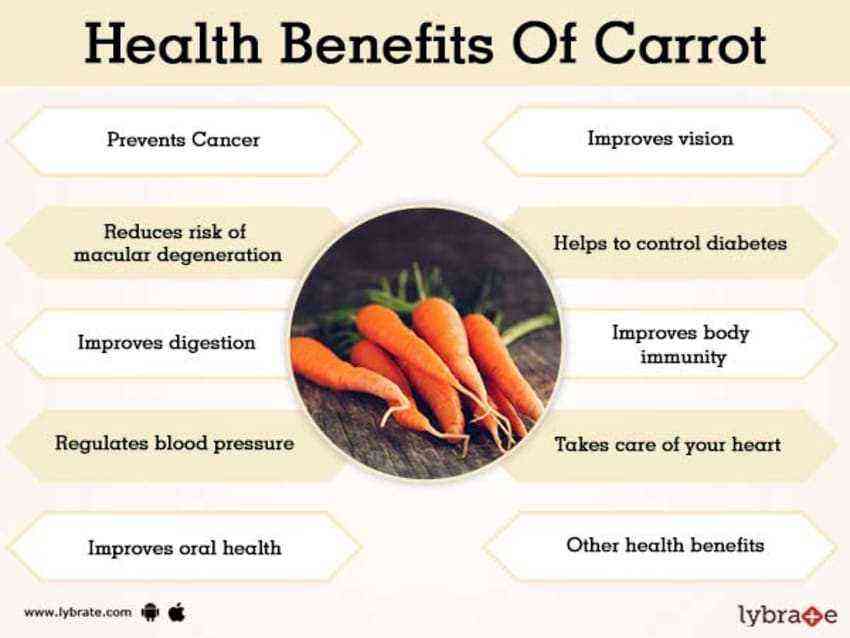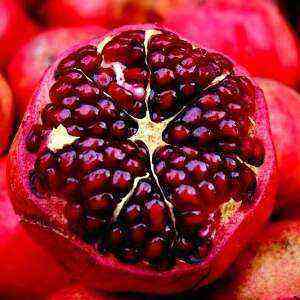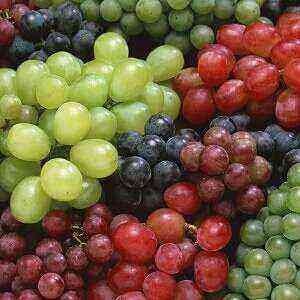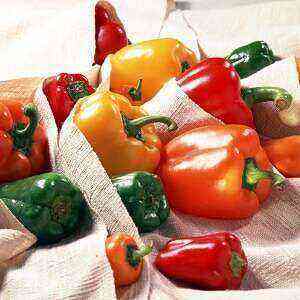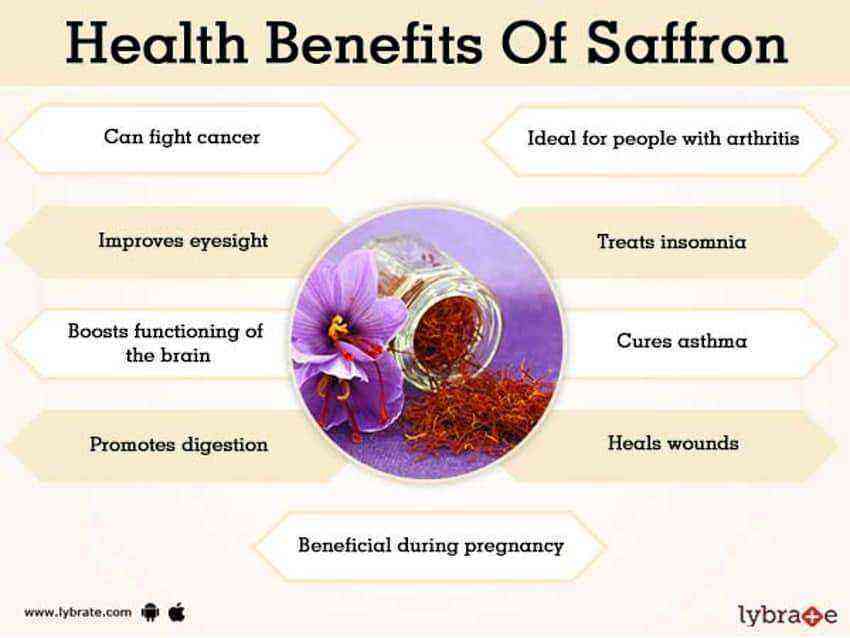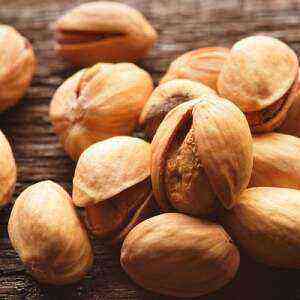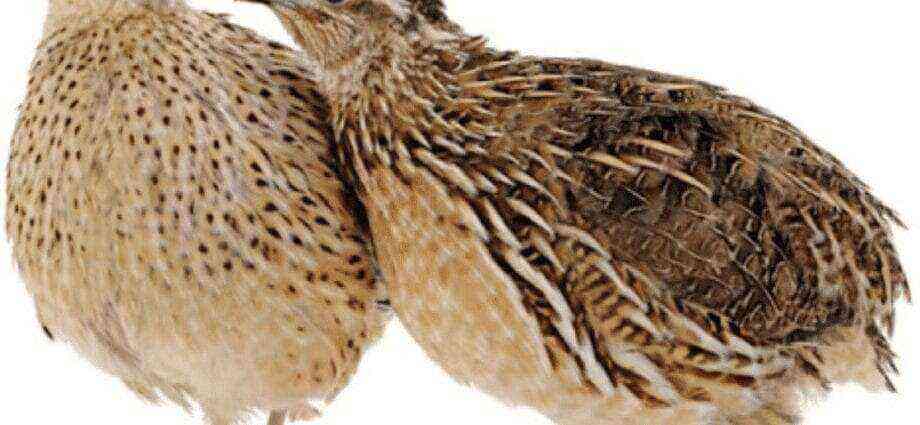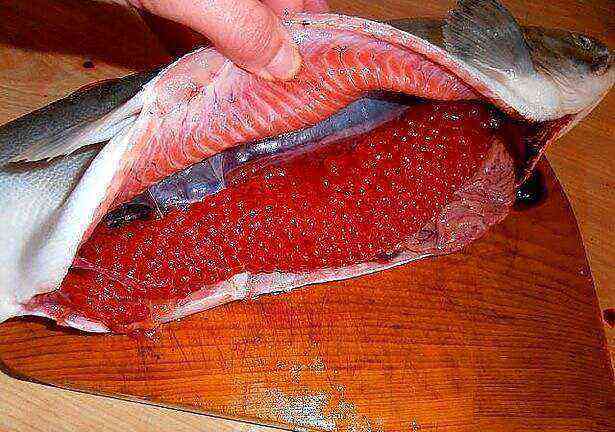
Wasabi grown on the beach has a richer taste and is valued more than its “water” fellow.
Place of birth – Asia and the Far East. Wasabi cultivated in Korea, New Zealand, Taiwan, USA, China, the Japanese province of Izu.
The sharpness of seasoning is similar to mustard. Interestingly, wasabi stimulates nasal passages (olfactory receptors) rather than tongue (gustatory). Not a single snack, the first or second course of Japanese cuisine is complete without this seasoning. To soften the taste it is mixed with soy sauce.
Wasabi is an essential ingredient for making sushi, rolls. Seasoning is applied in a thin layer of rice. “Japanese horseradish” is best served with seafood, fish. Wasabi and tuna – the perfect combination, which advantageously emphasizes the taste qualities of each other. In stores, seasoning is presented in powder and pasty forms.
Chemical composition
The Japanese horseradish plant has large leaves of a heart-shaped configuration, jagged at the edges, with a long petiole. Stem creeping, reaches 1,5 centimeter in height. The flowering period is April-May.
Wasabi is a low-calorie product. 100 grams of seasoning contains 109 calories, 69,11 grams of water, 24 grams of carbohydrates, 7,8 grams of dietary fiber, 5 grams of protein, 1,92 grams of ash. There are no fats.
Table No. 1 “Wasabi Chemical Composition”
Name
Nutrient content in 100 grams of product, milligrams
Vitamins
Ascorbic acid (C) 41,90 Beta-carotene (A) 21 Pyridoxine (B6) 0,274 Pantothenic acid (B5) 0,203 Thiamine (B1) 0,131 Riboflavin (B2) 0,114
Macronutrients
Калий
568
Кальций
128
Фосфор
80
Магний
69
Натрий
17
Trace Elements
Zinc 1,62 Iron 1,03 Manganese 0,391 Copper 0,155
For the formation of the root of the Japanese perennial, edible, it takes three years. Wasabi has a sharp peculiar smell and delicate burning taste. It is added to pickles, salads, first courses, sushi and sashimi. And also used for the disinfection of raw fish.
Interestingly, in Japan, a monument to this plant.
To use or not?
Wasabi contains isothiocyanates that inhibit the growth of pathogenic bacteria that cause tooth decay, food poisoning. In addition, these substances are considered antioxidants of natural origin, they inhibit the spread of metastases.
The plant root is an anti-asthma component that prevents the formation of blood clots and has anti-microbial, anti-fungal effects.
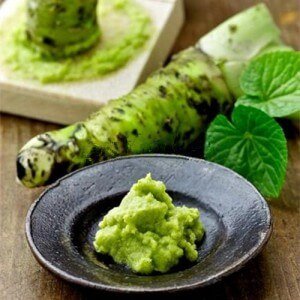
- neutralizes the action of toxins;
- whets the appetite;
- increases blood flow;
- improves digestion, chemical composition of blood;
- cleanses the liver, nasal sinuses;
- struggling with colds, staphylococcus, Escherichia coli;
- relieves the acute symptoms of anaphylactic shock;
- enhances sexual attraction.
Wasabi extract has an instant effect on the rate of absorption into the blood and manifestations of its healing properties, it is not inferior to aspirin, but has less power.
Seasoning is used to treat the following conditions:
- diabetes mellitus;
- cancers of the gastrointestinal tract, breast, large intestine;
- asthma;
- catarrhal diseases;
- pathologies of the cardiovascular system;
- prevention of caries, acne, thrombosis;
- diarrhea.
Remember, only natural wasabi has the above beneficial properties. Be afraid of fakes!
Due to the high cost, outside the country of the rising sun, the seasoning is made from ordinary horseradish, corn starch, mustard powder, artificial dye. Such a product has nothing to do with wasabi.
In order not to buy a fake product carefully read its composition on the label. If the packaging says “first grade” – this is 100% natural natural product. “Class II” indicates that the seasoning contains only a quarter of the plant rhizome powder. A third-class product is an ordinary horseradish, it is not wasabi. Such a product will not bring tangible benefits to health.
Wasabi increases blood pressure and exacerbates the following diseases:
- pancreatitis;
- glomerulonephritis;
- hyperacid gastritis;
- hepatitis;
- cholecystitis;
- stomach ulcer, intestines.
Exotic seasoning is contraindicated for people with high acidity of the stomach, hypertension, liver disease, kidney disease and inflammatory processes in the gastrointestinal tract.
Cooking application
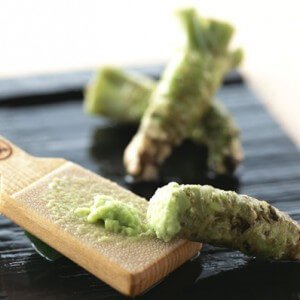
To soften the taste and reduce the severity, wasabi is mixed with soy sauce, lime, nut paste, sesame seeds.
In addition to root crops, flowers, stem, young shoots of the leaves of the plant are used in cooking. In Japan, they cook tempura. Pieces of plants are fried in batter until golden crispy crust.
On the basis of dry powder, sauces are prepared, which serve as a dressing for traditional Japanese dishes “tempura”, “sashimi”, “sushi”. The ideal composition – a mixture of corn flour, mustard, wasabi root.
Method of preparing the sauce from the powder: pour 30 grams of crushed dry root into a container, pour in a slow stream 45 milliliters of boiled, cold water, stir constantly. Carefully inspect the mass, it should not have lumps, and the consistency resemble soft clay. If necessary, add more liquid or powder. Prepared sauce leave on 15 minutes. During this time, it will dry out and pick up the characteristic smell. For a change in taste, add grated horseradish and dry mustard to the 30 dressing. To improve the aesthetic appearance, add green food coloring to the sauce.
Interestingly, the powder from the rhizomes of wasabi can be diluted not with water, but with lemon juice. In this case, the sauce will be spicy, with a characteristic citrus acidity. Store in sealed containers for no more than 10 days.
Remember, wasabi is hotter than chili peppers. Therefore, observe moderation and do not abuse seasoning. Unlike pepper, the Japanese root crop does not burn the tongue, but “hits in the nose”, which is easily washed off with water.
 Wasabi recipes
Wasabi recipes
Salad “Spicy Freshness”
Ingredients:
- Bulgarian pepper – 2 pieces;
- cucumbers – 2 pieces;
- spring onions, parsley, dill – 1 bundle;
- sour cream 15% – 30 milliliters;
- wasabi sauce.
Method of preparation: wash vegetables and greens, chop to the desired size, season with sour cream and Japanese horseradish paste. Salt to taste. Salad is easily digested, stimulates metabolism.
Baked fish with wasabi sauce
Ingredients:
- sesame oil – 30 milliliters;
- salmon fillet – 500 grams;
- breadcrumbs – 50 grams;
- seasoning wasabi.
Principle of preparation: cut the red fish into small pieces, mix the crumb from crackers, green paste with sesame oil. Spread the salmon on the mixture. Bake 20 minutes in an oven heated to 170 degrees.
Spicy Nuts
Ingredients:
- honey – 15 milliliters;
- Japanese horseradish paste – 15 grams;
- peanuts – 400 grams;
- soy sauce – 45 milliliters.
Cooking sequence: mix honey, wasabi and soy sauce. Put the nuts in the dressing, mix thoroughly, put on a baking sheet, previously covered with parchment paper. Bake in an oven 10 minutes at 200 degrees.
In the process of cooking it is recommended to use fresh wasabi root, because it has a richer taste, smell and color than dry (powder).
Used in cosmetics
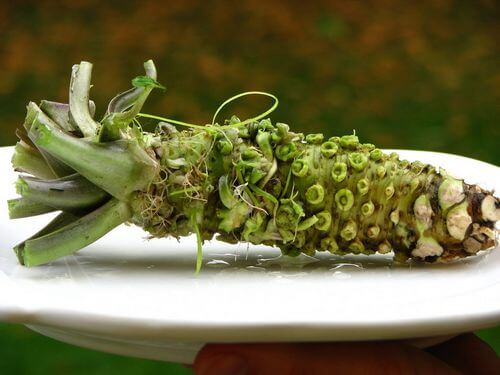
Wrapping with wasabi eliminates the “orange peel” from the skin, relieves vascular spasm, and soothes painful sensations in the joints. To power the dermis, rosemary essential oil is added to the hot green mixture.
To cleanse the skin of dead cells using a wasabi scrub. The procedure not only removes dead particles, but also makes the dermis smooth and even. To soften the action of the main component, shea butter, Japanese wood and jojoba oils are added to the scrub.
In addition, manufacturers add wasabi extract to deodorants (to neutralize bacteria that cause an unpleasant odor), shampoos (to strengthen the bulbs and stimulate hair growth), body masks (to enhance blood circulation and burn fat deposits), foam for nails (for whitening plate).
Wasabi slimming

Sushi – a hearty meal, in one part of the roll, mass 50 grams, contains only 70 – 80 calories. To maintain weight, it is recommended that such “Japanese” fasting days be carried out once a week. During the day, it is allowed to eat only homemade sushi with spicy wasabi sauce. The number of meals – 4 times. One serving – 2 roll. On the day it is permissible to eat no more 8 pieces.
According to the ingredients included in the dish, rolls are a dietary, low-calorie dish, and it is very satisfying and healthy.
What is sushi made of?
- Boiled rice It supplies the body with complex carbohydrates, fiber, B vitamins, iodine, calcium, phosphorus, zinc, and iron. It adsorbs carcinogens from the body, removes toxins and salts.
- Algae “Nori”. It is a source of iodine, calcium, iron and vitamins A, D, B, which favorably affect the functioning of the thyroid gland, strengthen the skeleton, the circulatory system, sharpen thinking.
- Seafood and fish. They contain potassium, zinc, iodine, phosphorus, B vitamins, an easily digestible protein and omega-3 fatty acids that prevent blood clots, sexual dysfunction, and bone destruction.
- Wasabi It disinfects raw fish, stimulates metabolism, activates digestion.
- Avocado. Contains potassium, monounsaturated fats and vitamin E, which relieve cholesterol plaques, strengthen immunity.
- Cucumbers. Vegetable on 95% consists of water, suppresses appetite, balances body acidity, supplies organs with nutrients (vitamins of group B, magnesium, zinc, iron, phosphorus, potassium, calcium).
Sushi diet is a symbiosis of beneficial products that activate metabolism and fat burning. The main conditions are to cook rolls independently from fresh products and to observe food moderation.
Conclusion
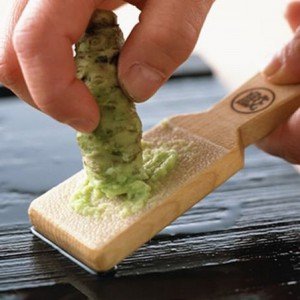
In the XNUMXth century, scientists came to the conclusion that people who use wasabi do not suffer from gastrointestinal diseases, since parasites living in foods and on mucous membranes cannot withstand the influence of active substances concentrated in a burning root. In addition, wasabi has a wide spectrum of action: it suppresses asthma attacks, anaphylactic shock, destroys bacteria, fungal infestations, prevents the formation of blood clots, cancer tumors, cleanses the liver, sinuses. Japanese horseradish removes excess water from the body, improves digestion, activates metabolism, supplies vitamins and minerals. Seasoning is very sharp, therefore it is contraindicated for hypertensive patients and people with inflammatory processes in the gastrointestinal tract, diseases of the kidneys, liver.
Thus, wasabi not only adds taste and spice to the dish, but also increases its nutritional value. Winning combinations: sushi, rolls, seafood, fish, meat, nuts, noodles. At the same time, pasta in tubes is a mixture of dried root and ordinary horseradish. The quality and price of the product directly depends on the ratio of these ingredients.
Pure wasabi – honwasabi – expensive condiment, which is found only in Japan.
In other countries, its artificial surrogate with starch, dyes, mustard, horseradish is produced. The proportions of these components are indicated on the label. Before buying a product carefully read the composition: the less chemical additives, the better.
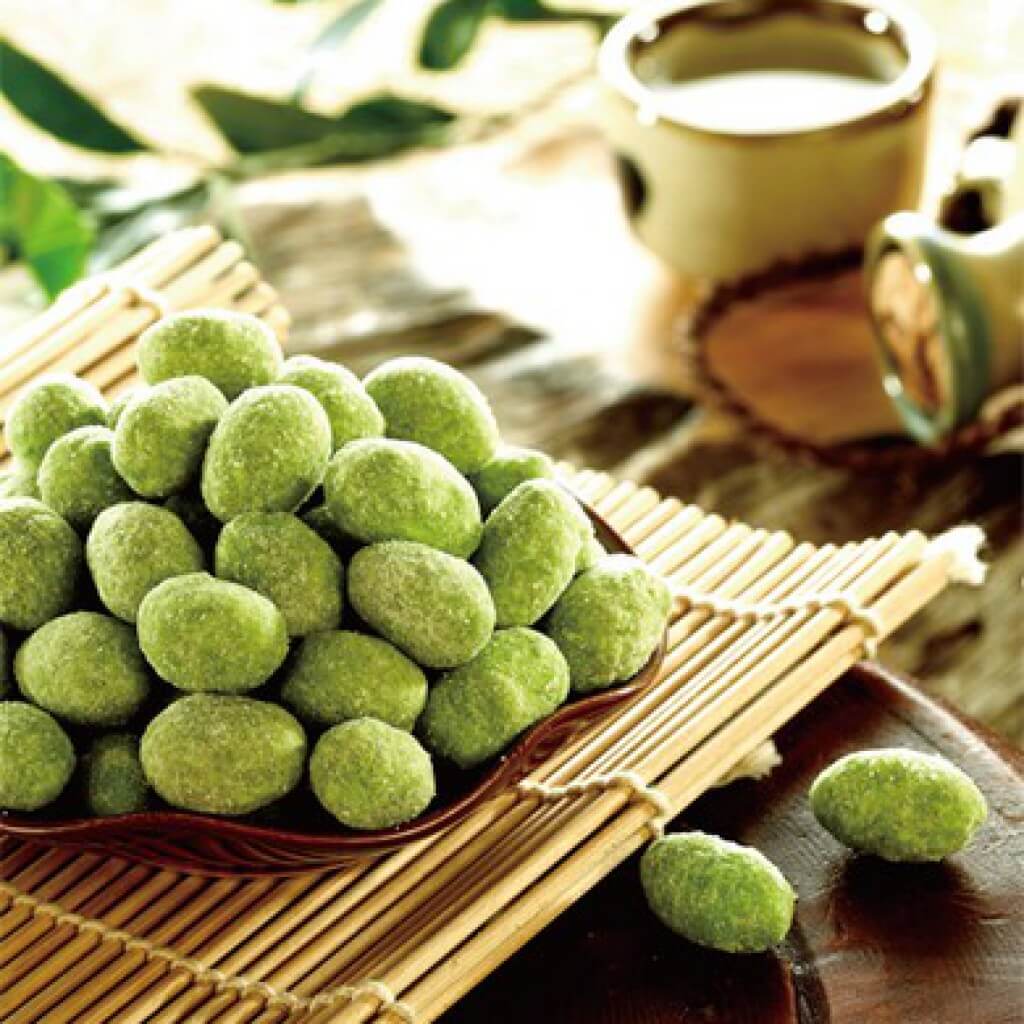 Wasabi recipes
Wasabi recipes